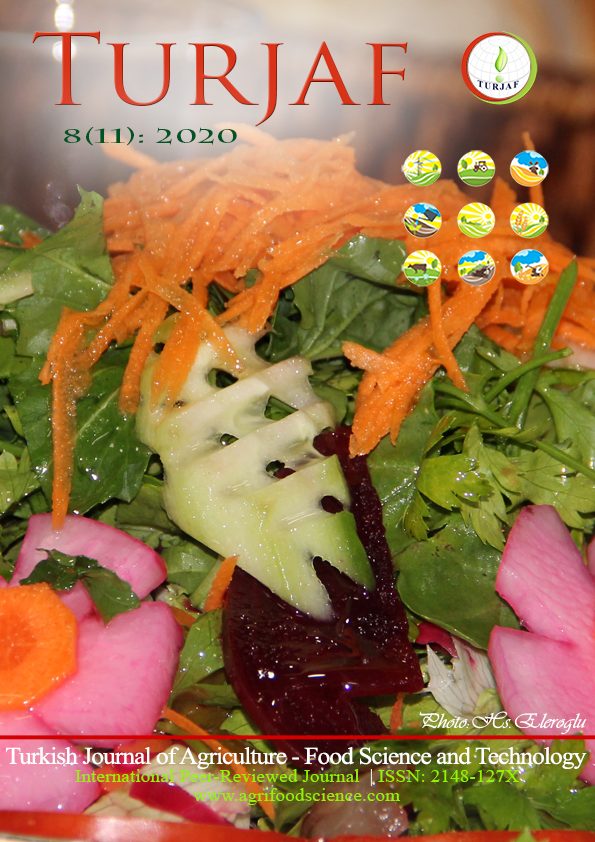The Effect of Intramuscular Oxytocin Injection on Milk Ejection in Dairy Cattles
DOI:
https://doi.org/10.24925/turjaf.v8i11.2405-2407.3686Keywords:
Dairy cattles, intramuscular, milk ejection, oxytocin, HormoneAbstract
Milking is a source of change in milk yield and milk quality determination, and one of the main events of milking is the oxytocin-mediated ejection reflex. Complete ejection of milk from the udder is due to the presence of high oxytocin during milking. The aim of this study is to investigate whether oxytocin administered intramuscularly has an effect on increasing milk ejection. In the study, 28 clinically healthy lactation Holstein cows were used, the lactation numbers and lactation periods of these cows were ignored in the evaluation. The study groups are divided into four groups, each consisting of seven cows. 50 IU oxytocin was given to group-1 five days before milking in the morning and evening, group-2 received 50 IU oxytocin once a day just before milking and the group-3 was given 50 IU oxytocin once before morning milking on the 1st, 3rd, and 5th days and the group-4 is a control group, oxytocin was not given to this group. Oxytocin injection was administered intramuscularly 30 minutes before milking. In the evaluation, the last five days of milk data before the application, five days of milk data during the application period and five days of milk data after the application period were taken into consideration. As a result of the study, we can say that the udder was not completely emptied with the intramuscular administration of oxytocin.Downloads
Published
27.11.2020
How to Cite
Seğmenoğlu, M. S. (2020). The Effect of Intramuscular Oxytocin Injection on Milk Ejection in Dairy Cattles. Turkish Journal of Agriculture - Food Science and Technology, 8(11), 2405–2407. https://doi.org/10.24925/turjaf.v8i11.2405-2407.3686
Issue
Section
Research Paper
License
This work is licensed under a Creative Commons Attribution-NonCommercial 4.0 International License.

























